Protein & Immunity
Nutrition & infection work with each other synergistically. Recurring infections lead to a loss of nitrogen levels in the body and also reduces nutritional intake, thus causing malnutrition and susceptibility to infection.
Why do we need protein?
Protein is a macro nutrient and is essential for every cell in your bodies including the muscles. In the event that we do not get consume enough protein rich food and proteins, our bodies will be unable to rebuild muscles and we will eventually start losing muscle mass over a period of time.
Other than muscle growth, protein is also required for the growth and repair of every cell and tissue in the body – skin, nails, hair, bones, organs and bodily fluids according to the FDA
Protein Facts
Consuming the right nutrition and protein rich food, is one of the most important factors in maintaining a sound physical health and cognitive abilities. It is widely believed that ‘we are what we eat’. Most people in India consume a diet rich in starch which is high in carbohydrates and constitutes of approximately 70-80 percent of their regular diets. Food products high in protein like dairy products, animal foods and pulses are consumed in limited quantity in India.
A 2017 report by the Indian Market Research Bureau states that Indian are protein deficient by almost 80%. As per the Recommended Dietary Allowance (RDA) given by Indian Council of Medical Research (ICMR) for Indians, 0.8 to 1 gm protein per kg body weight per day is sufficient to meet the basic nutritional requirements. The most common sources of high protein foods in a regular diet is – one cup of lentils, 1 glass of milk, or 1 cup (200 g) of yoghurt—contain 7-8 grams of protein.
During the first thousand days of a child’s life – conception to age 2, the amount of protein rich food consumed has lifelong implications on the child. Children need good quality and the right amounts of high protein foods to develop in the mother’s womb and right after birth. The World Health Organization (WHO, 2007) estimates that the need for protein foods in the third trimester of pregnancy is significantly higher than in previous stages. However, during the early stages of pregnancy and childhood, there are many prevalent perceptions about food and eating habits. As a parent, the best way to device an inexpensive and well-balanced diet for your child is by applying a judicious mixture of various food groups. Since proteins and protein foods are building blocks for children, we must chose the sources of protein rich food wisely and ensure that our children are aware about healthy eating habits.
Are we deficient in protein?
The Indian Market Research Bureau’s 2017 report states that protein deficiency among Indians stands at more than 80 percent, measured against the recommended 60g per day. The usual sources of proteins in a regular diet—one cup of lentils, 1 glass of milk, or 1 cup (200 g) of yoghurt—contain 7-8 grams of protein.
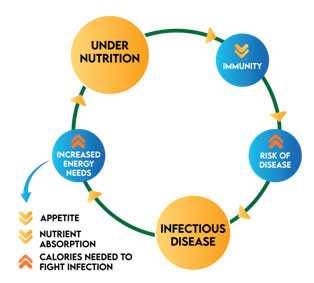
How do you know that you are low in protein?
Protein plays an important role in every body – it could aid in muscle building for athletes while it could also repair hair, skin and nails for those with a deficiency. Hence, the symptoms of low protein could vary from person to person. However, the most common symptom for lack of proteins is oedema also known as ankle swelling. This happens as a result of water retention due to kidney problems.
- Improper nutrition results in lower immunity
- Protein is the only source of nitrogen
- 6.25 gms dietary protein + 1g nitrogen
- A proper protein diets helps building immunity & helps fight infection
Does the Indian diet have adequate amounts of protein?
Indian diets are filled with a variety of cereals like rice and wheat, legumes and dairy; foods that are high protein vegetarian foods. The Indian diet is mostly a mix of fats and carbohydrates with very little protein. Look at the protein value in Indian diets and figure how much protein you are consuming.
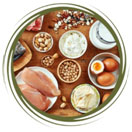
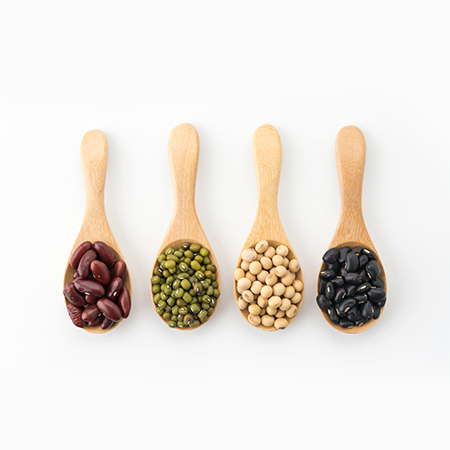
Grains & Beans
Many grains & beans in the Indian diet are a complete source of proteins; if eaten in the right combination and proportion. These proteins are right for people with a sedentary lifestyle & a low protein intake. However, today’s more active generation requires the right amount of protein.
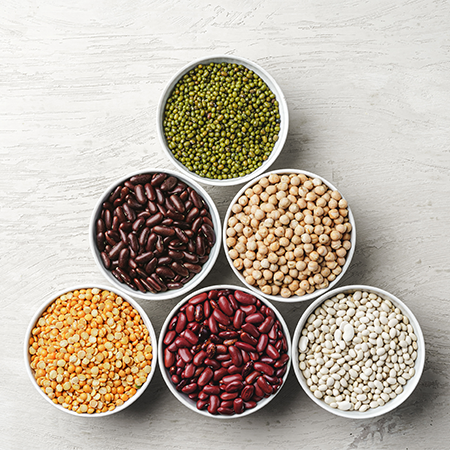
Legumes
Consuming 1 cup of lentils gives you 18 gms of protein approximately. However, for the right amount of protein boost you can consume kidney beans or ‘rajma’ which is popular in the North Indian cuisine and is a good source of protein.
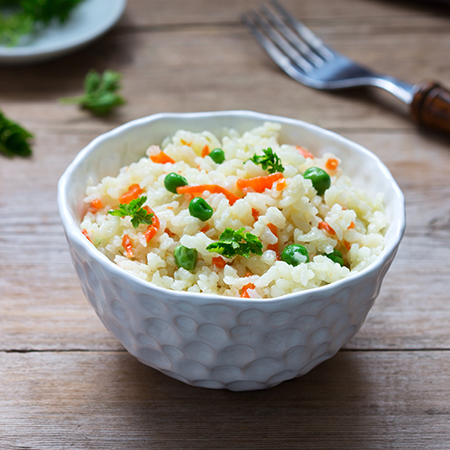
Rice & Peas combo
While rice protein is high on the sulfur amino acids cysteine and methionine and is low in lysine; the pea protein has sufficient amounts of lysine along with low quantities of cysteine and methionine. Both of the food products complement each other and constitute of a good branch of chain amino acid profile.

Meat
While plant based diets give protein in limited quantities, meat protein has all the required amino acids. But although it has the necessary proteins, it is not easy to absorb because meat has about 20% usable protein by weight. Meat is low in micro nutrients like vitamins and is high in calories and saturated fat.

Dairy
One cup of low-fat milk contains 8 gms protein & 5-10 gms of fat. Milk consumes casein protein and this is a source of protein that is found in most of the dairy products. Casein protein is a good form of protein because it is slow digesting and it forms “clumps” in the stomach which takes a digestion time of 5-7 hours.
The benefit of consuming casein protein is that your blood amino acid levels rise very slowly and they stay elevated for longer. This means that you can work out harder for a longer duration.
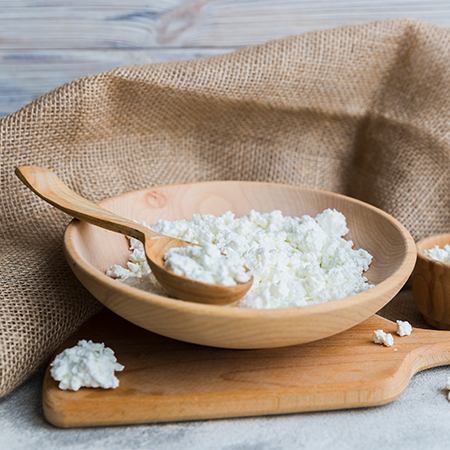
Cottage Cheese
Cottage cheese comes with some amazing muscle building and repairing powers. It has two different components – slow digesting dairy protein and the good bacteria. The role of the good bacteria is to help you break down and absorb all the required nutrients to complete your protein intake.
So, on the nutritional front, Indian vegetarian diets are a mixed bag of nutrition. Rice, an essential part of the Indian diet is low in proteins. However, when ingesting more amounts of protein, a good quantity of Vitamin A is necessary to digest the proteins consumed. Cereal, bean and vegetable proteins may contain all the essential amino acids, but the quantity of the three branch amino acids is often less than ideal, affecting their bioavailability.
But does animal protein provide sufficient amounts of protein? How good is the protein? Animal protein does contain the necessary amino acids that plant protein often does not contain.
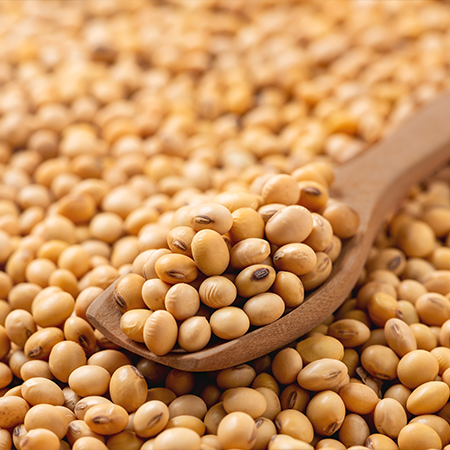
Soybeans
The richest plant-based high protein vegetarian food are soybeans. Consuming one bowl of boiled soybean will give you 28.5 gms of proteins and makes for an excellent source of protein.
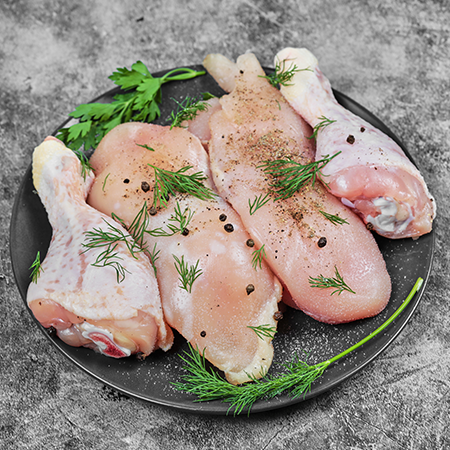
Chicken & Turkey
These two forms of meat together provide approximately 27 gms of protein in a three ounce serving along with 2 to 3 gms of fat.

Eggs
Experts are of the opinion that eggs are the right type of protein foods because it provides a protein content of 6.2 gms per egg.

Fish
Fish is a form of sea food which is high in protein – 5 gms in a three ounce of serving while also being low in carbohydrates and having low levels of saturated fats. Fish also contains omega-3 fatty acids, nature’s wonder nutrients.



